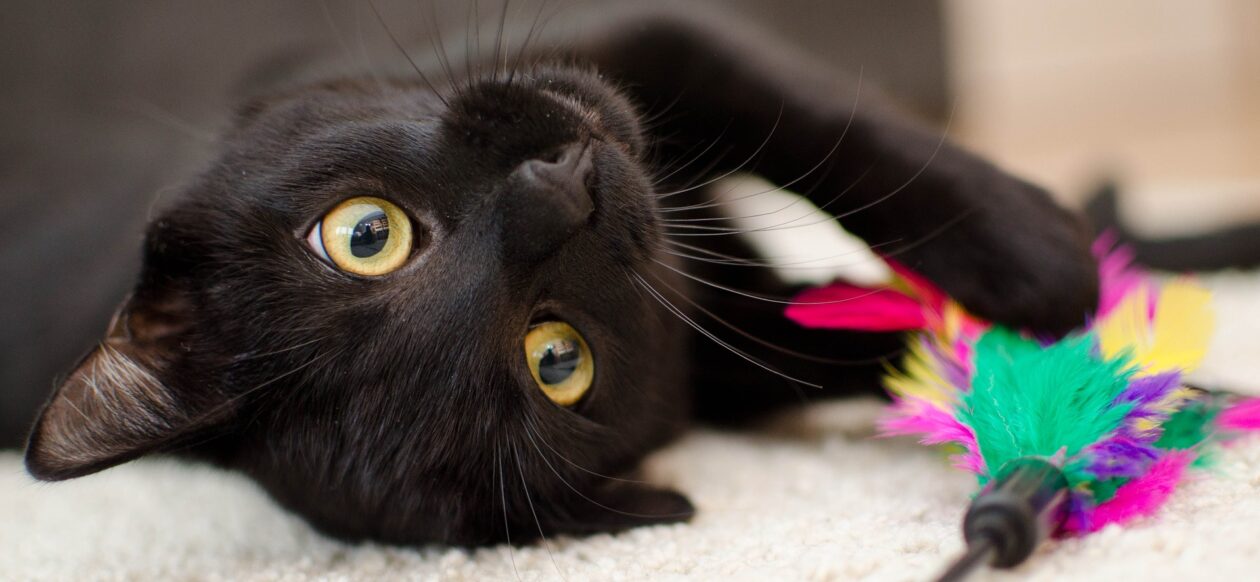Lower urinary tract problems in cats can be life threatening, are extremely painful, and need immediate attention and treatment by a veterinarian. Preventing lower urinary tract problems in cats is critical for your cat’s health.
Urinary crystals can quickly turn into kidney stones, and kidney stones are deadly in a short period of time, so never wait or postpone seeing your veterinarian for diagnosis and treatment. Your vet will determine if there are underlying medical conditions causing the symptoms through conducting a urinalysis, culture and cystoscopy and a complete medical review. If your cat is visiting the litter box repeatedly in a short period of time, straining in the box and sitting in the box trying to urinate, or urinating outside the litter box, it’s time to visit your vet.
Cats who are prone to lower urinary conditions that affect the bladder and urethra called Feline Lower Urinary Tract Disease (FLUTD) and Feline Idiopathic Cystitis (FIC, which is the most common form of FLUTD) often have repeated or recurrent episodes and cystitis. This post is not about treatment, pathology, physiology, or risk factors—this is about one simple tip amongst many to help prevent urinary crystals or infection and their recurrence and to keep your cats kidneys as healthy as possible. Simply, it’s water, water, and more water!
We have a FLUTD/FIC cat at home, and as a result, for all of our cats—we add warm water to their wet food every morning and night, mixing well. If you feed dry food then you can add a little warm water to their dry food, and do it daily. That said, if you can feed only a good quality premium wet food with water daily then your cat will get more hydration and will likely have fewer urinary issues than if you feed only dry food since dry food is dehydrating to cats. Dry food contains only 10% water, so cats have an additional hurdle to get enough fluids daily to compensate for the lack of liquid in dry food. Adding warm water (never hot) will give cats more hydration and will add necessary fluids to their diet.
Another game-changer for our cat household has been to add multiple water bowls. We went from only a couple of water bowls to placing a large glass water bowl in every single room, making access to water easy and readily available to them. We refresh all the bowls every other day, and wash them too. This has made the single biggest difference in keeping the cat in our house who is prone to getting repeated urinary infections and crystals—free of any further problems.
Other Tips to Help Prevent Lower Urinary Tract Problems
- Stress – Minimize stress in the house
- Water bowls – Keep water bowls clean, washed, and free of odors or smells and keep multiple water bowls out, not only one. The more water bowls the better, but keep them clean
- Food – Feed quality canned or wet food for increased hydration, avoid feeding dry food only, which is dehydrating
- Water Fountain – Add a water fountain (made for pets) to your water availability
- Litter boxes – Keep the litter boxes clean (clean boxes 2x a day) and in a convenient location(s) for your cat. Convenience is key, and so is easy access in a safe, private place for them away from traffic in your home
- Type of Litter – The type of litter, smell, size and shape can all matter to your cat, generally use an “unscented” litter with NO fragrance
- Easy Access – Maintain easy access to water, litter boxes, food, and space without competition from other cats. Avoid making anything inconvenient for your cat
- Multiple Cats – Watch out for inter-cat aggression or bullying
Good luck!



